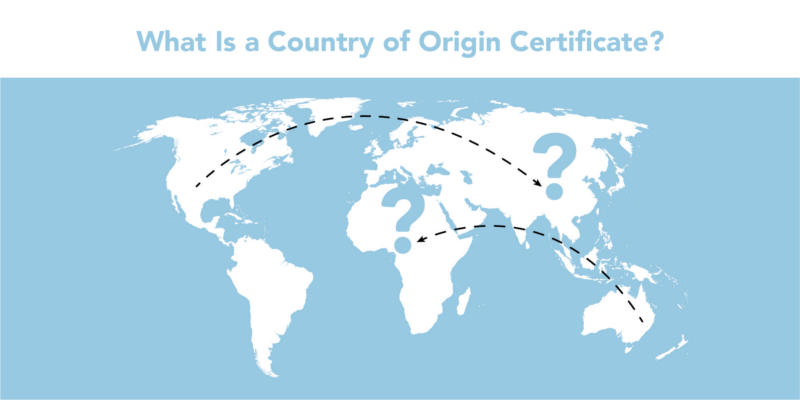What Is a Country of Origin Certificate?
A certificate example of origin is a legal document used in international trade. This document serves as proof that a the product being exported has been made, produced, and processed in a certain place or country.
You will need a certificate of origin to control and manage imported and exported products. Exporters will need this certificate when shipping products to another country. Thanks to technological advancement, digital certificates now make the process easier. All you need is a modern certificate design.
How Do I Create a Certificate of Origin?
You can create a certificate of origin by following these steps.
- Get a notarized affidavit.
- Fill out a certificate in WORD of origin. (Any of our free certificate examples in PDF will make this job easier for you.) Include information about the origin of the product and where it was manufactured.
- Bring your notarized affidavit together with the certificate of origin document to the chamber of commerce to have it stamped.
When and How Are Country of Origin Certificates Used?
A certificate of origin is used when an importer wants to import goods. This is a requirement to get an import customs clearance.
It is also used when exporter or importers are asked to present a certificate of organization.
It regulates and manages the what products can be legally exported and imported, as well as the frequency and quantity of the exported products.
And because a certificate of origin is used to determine which country the product or goods were from, some consumers use this as reference for the goods that they buy.
Certificate of Origin Guidelines
The guidelines for a certificate of origin is a manual that provides details about international trade that is regulated by a chamber of commerce. The chamber of commerce issues the certificate of origin to those who comply with the requirements. The guidelines is used as a set of international rules to facilitate trust and integrity of certificate accreditation.
The guidelines cover the following topics:
- What is allowed and what is prohibited in the process
- The certificate of origin’s uses, purpose, and advantages
- An outline of how the process of issuing the certificate is done
- The duties and responsibilities of the chamber of commerce, their roles and authority
- The requirements for training
- How and where the forms are printed and distributed to the importers and exporters
- The place where the certificate is issued
- Things to do for making changes or when encountering problems with the certificates of origin
- The supporting documents that are required to get a approval for a certificate
- The definition of terms and other languages used
- How the chamber of commerce determines and verifies the origin of the products or goods
- The cost for stamping and issuing the certificate , and other pricings


